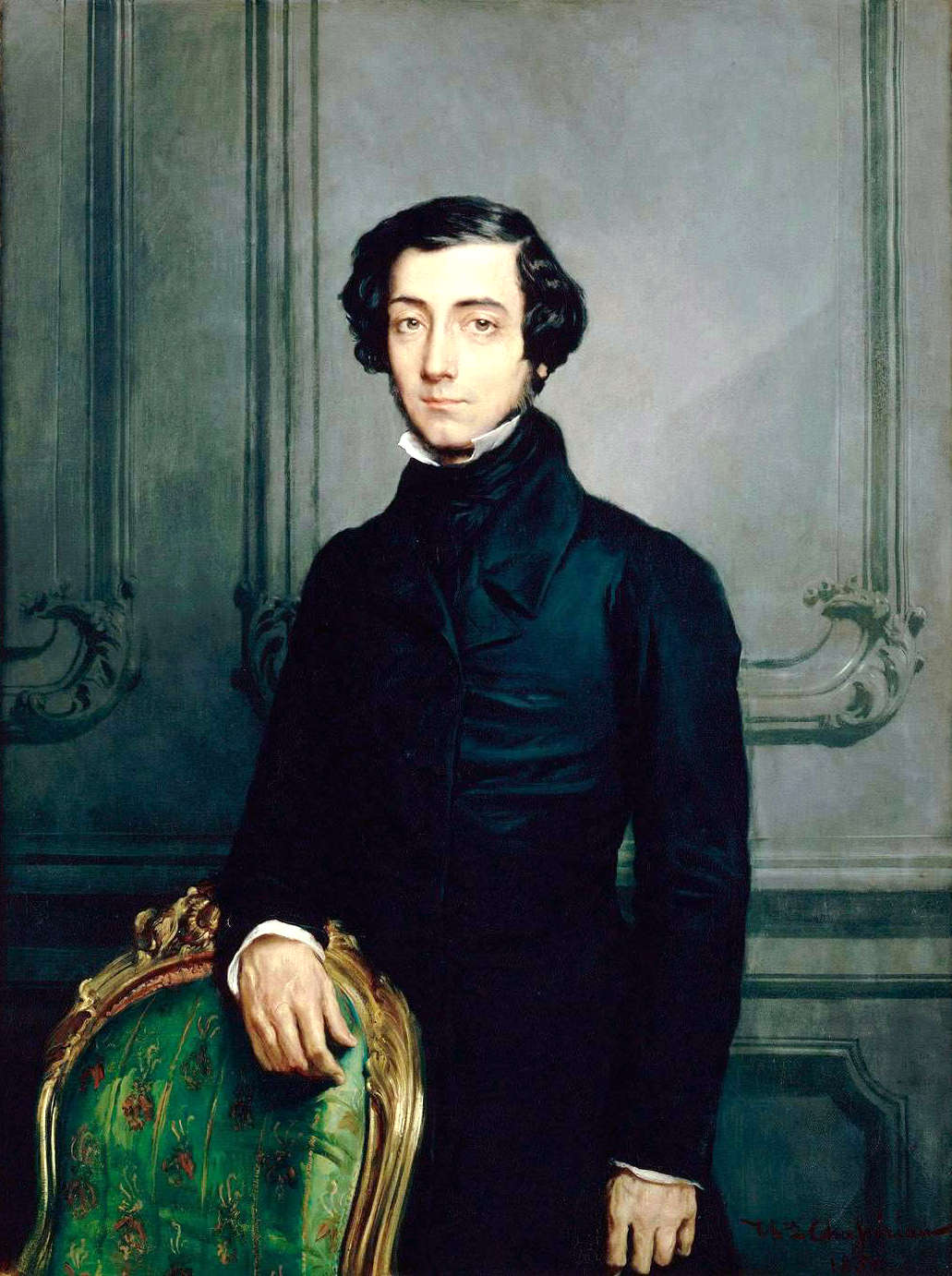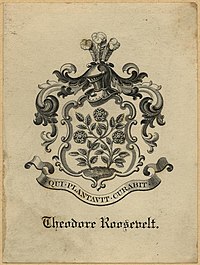
I came across this title in my morning reading and was reminded that long ago I tried to find this little book but to no avail. The book in question is Delight by J.B. Priestley. It was published originally in 1949 and contains 114 short essays in praise of simple pleasures. Things were pretty dismal in England at the time; its people were still suffering from the effects of the war and these thoughts offered a bit of cheer.
I am a sucker for this type of book! A 60th anniversary edition was published five years ago which may have been when I searched for it before.
Now I am on a quest once again. I have submitted an inter-library loan request and have contacted Powell's Books concerning a copy it has listed as available (I want to make sure it is not a former library book).
I await a response.
Here is a bit of the review of Delight written by Lisa O'Kelly for The Observer in 2009:
There is much here to raise a smile, not least Priestley's wonderfully lucid prose, which is a delight in itself. The little things in which he takes pleasure are varied and often hugely affecting: dancing; fountains; a walk in a pine wood; a new box of matches; the sound of a football or an orchestra tuning up; long trousers; playing a cracking game of tennis; smoking in a hot bath; being silly with children; waking to the smell of bacon and coffee; getting a great idea.
Mr. Priestly was a novelist and playwright. In the 1940s, he wrote the play An Inspector Calls which was performed by a touring company here sometime in the 1990s. The company put a call out for some local folks to be a part of a crowd scene. I auditioned but apparently didn't have the look they wanted. Oh, well. My one chance at Broadway.
My failed theater career aside, after a gloomy and dreary January, this book sounds to be the perfect pick-me-up.









![Woman reading on top of ladder, c.1920© Bettmann/CORBIS
[thanks for reminder,Alex;]](http://31.media.tumblr.com/Z4vLHzszgp6j4k7tIegkL7k7o1_400.jpg)
